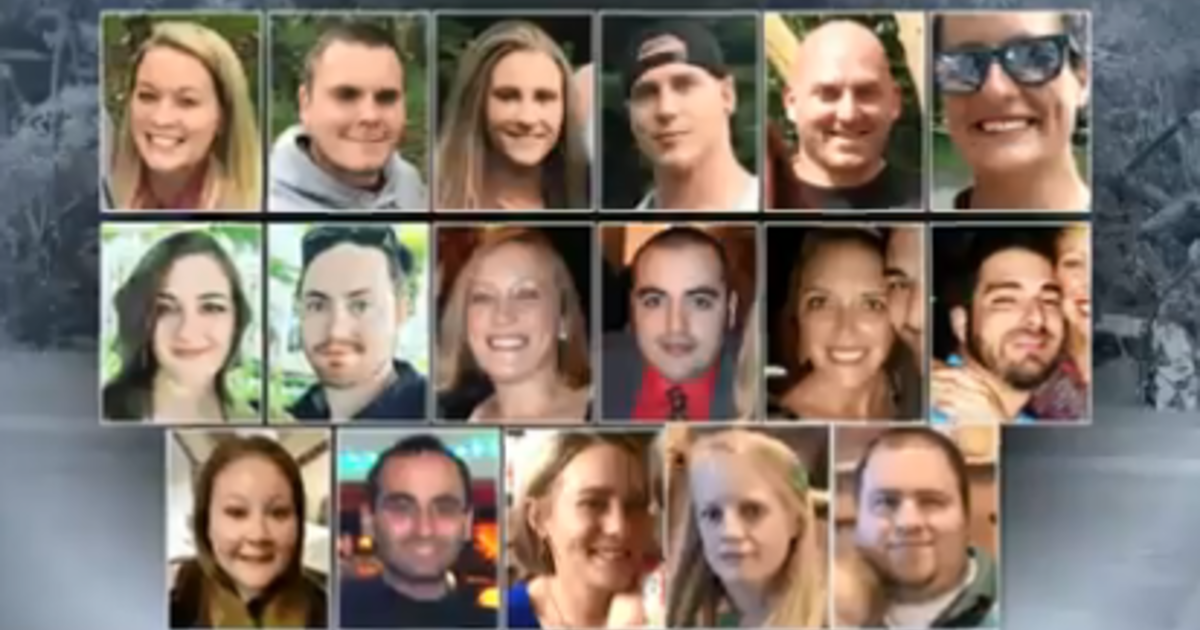
State lawmakers have passed several bills designed to boost safety requirements for stretch-limo operators, after a deadly crash in upstate New York involving one of the vehicles killed 20 people. Family members of the victims of the 2018 crash flanked officials during Tuesday’s press conference in Albany and cheered the 10 proposals supported by leaders of the state Senate, Assembly and Gov. Cuomo.
The crash occurred in Schoharie at the junction of New York state routes 30 and 30A on the afternoon of October 6th 2018. The passengers were traveling to a surprise birthday party in a retrofitted 2001 Ford Excursion. Among them were four sisters and two recently married couples. All 18 people inside the vehicle, including the driver, and 2 bystanders in a nearby parking lot were killed.
The investigation of the accident revealed pre-existing problems with the limousine, the driver and the limousine company, Prestige Limousine Services. As a result of failing two inspections due to deficient brakes, which a repair shop allegedly falsified having repaired, and other issues, the state had ordered the vehicle out of service. Inspectors had placed an “inservicable” sticker across the windshield which was removed before the fatal trip. The vehicle was only certified for 10 seats, but had 18 installed. The driver also lacked the required endorsement to his license for carrying 15 or more passengers at a time.
After the New York State Police determined that the operator, Nauman Hussain, was aware of these issues yet continued to rent the vehicle, he was arrested on a charge of criminally negligent homicide and later indicted on 20 counts each of that charge and 2nd degree manslaughter. His trial is scheduled for March 2020.
“This has been a difficult journey for all the collective families that said, as everybody knows, it’s not where you start, it’s where you finish,” said an emotional Kevin Cushing, who lost his 31-year-old son, Patrick Cushing, in the October 2018 crash in Schoharie County. “We can’t change the past but we can make a difference in the future,” Cushing said.
One of the key pieces of legislation requires all new stretch limos to have seat belts starting in 2021 and retrofitted vehicles by 2023. Multiple reports following the accident found that seat belts could have saved the lives of at least some of the passengers. Other changes include a bill mandating that riders in taxis, liveries and limos — in both the front and back seats —wear safety belts. This would apply to Uber, too. Additional bills set new requirements for drug and alcohol testing of hired drivers, criminal and financial penalties for illegal U-turns and a commercial GPS system. Another bill will implement a study on other safety measures, such as escape hatches.
Read more

The family of Damon Grimes, a teenager who died in 2017 after a Michigan state trooper stunned him with a Taser has reached a $12 million settlement with the Michigan State Police. Fifteen-year-old Grimes was riding an ATV in a residential area of Detroit, when a police officer tased him for not pulling over fast enough. The teen then crashed into the back of a parked truck and died quickly after.
This is the Michigan State Police Department’s largest-ever settlement for a single incident. The Grimes family, including Damon’s mother Monique Grimes and his sisters Dezjanai and Dezanique Grimes, are to get about $8 million of the settlement. Most of the remaining $4 million is to go to the family’s lawyers at the Fieger law firm.
The family’s attorney Geoffrey Fieger, who filed a $50 million wrongful death lawsuit against Bessner, fellow trooper Ethan Berger and Michigan State Police Sgt. Jacob Liss said “I’m very thankful that the attorney general recognized the grave injury that occurred in this case, and the intolerable circumstances, and therefore accepted responsibility and allowed justice to be done.” Fieger added Grimes’ family is “very pleased” with the settlement.
“The facts of this case are so horrendous, and it was difficult dealing with the bureaucracy of the state of Michigan and dealing with the police agencies, but having cut through all that, the attorney general did the right thing and settled the case, and didn’t subject the state to a trial that could have resulted in a much larger verdict,” Fieger said.
The now-former Michigan State Police trooper who used the taser, Mark Bessner, was sentenced to 5 to 15 years in prison for involuntary manslaughter. It is a violation of Michigan State Police policy to deploy a Taser from a moving vehicle. The State Police revised its chase policy for ATVs in the aftermath of Damon’s death and stopped doing chases in Detroit involving traffic or misdemeanor violations. That new policy was later adopted statewide.
The settlement will end a federal lawsuit filed by Damon’s family in U.S. District Court in Detroit against Bessner and two other troopers, Ethan Berger and Sgt. Jacob Liss, a supervisor. Berger, who was driving the patrol car when Bessner fired the Taser, has since resigned from the agency. A State Police internal affairs report in 2018 accused Berger and Liss of attempting to cover up details of the ATV incident, such as the use of the Taser. Neither were charged in relation to the incident. The Michigan State Police internal affairs investigation had been critical of Liss, the supervisor at the crash scene, for omitting key details from his incident report, but Wayne County Prosecutor Kym Worthy did not pursue criminal charges.
Michigan State Police Lt. Mike Shaw said in a written statement: “The Michigan State Police extends its continued condolences to the Grimes family, friends and supporters. Damon Grimes’ death is a tragedy that could have been avoided if not for the criminal and unforgivable actions of a former Michigan State Police trooper.
Read more
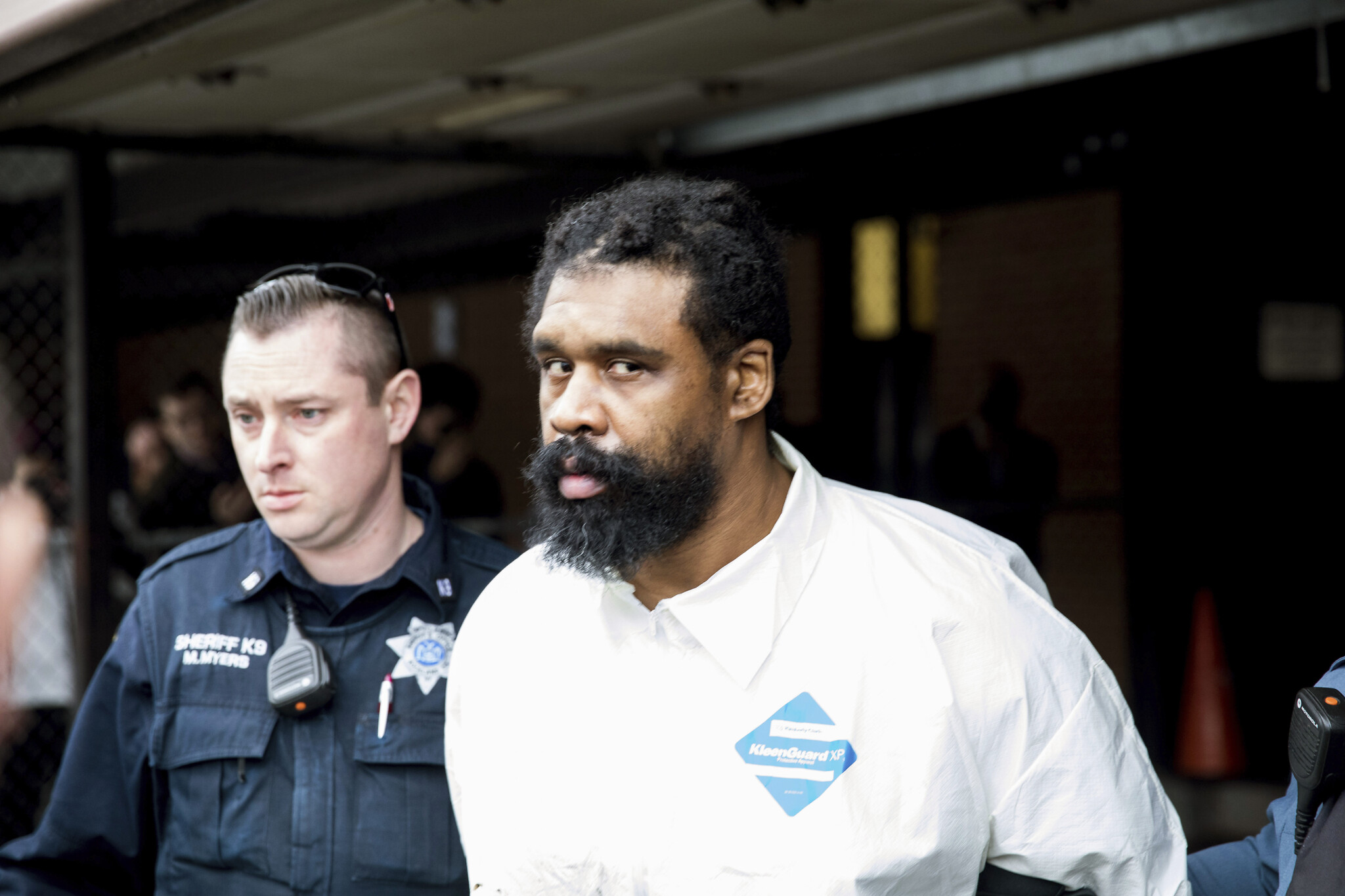
On December 28, 2019, the seventh night of Hanukkah, a masked intruder wielding an 18 inch machete entered the home of a Hasidic Rabbi in Monsey, Rockland County, NY where a Hanukkah party was underway and began attacking the guests. Five people were wounded, two of whom were hospitalized in critical condition. Grafton Thomas, 37, was arraigned in a Rockland County court and pleaded not guilty to five counts of attempted murder and one count of first-degree burglary. He is also charged with a federal hate crime and his bail was set at $5 million.
The frenzied attack took less than 2 minutes at the home of Rabbi Chaim Rottenberg, where almost 100 people had gathered to watch the rabbi light the candles and to celebrate a Hanukkah party. Around 10 pm, Thomas entered the home with his face covered by a scarf and immediately began stabbing guests with a machete. Rabbi Rottenberg’s son was among the injured. Guests struck back, hitting the attacker with chairs and a small table, forcing him to flee the home.
Thomas attempted to enter the synagogue next door, Congregation Netzach Yisroel, but the doors were locked. Thomas then fled the scene in a car but a witness provided police with the license plate number of the car. At 11:45 pm, a license plate reader on the George Washington Bridge captured the license plate of the car as it entered New York City. Police stopped the car in Harlem and arrested him without incident after midnight. Rockland County Senior District Attorney Michael Dugandzic said police found the suspect with blood on his clothes and smelling “strongly” of bleach at the time of his arrest.
Thomas’ family said in a statement Sunday night that Thomas has “a long history of mental illness and hospitalizations” and that his attorney, Michael H. Sussman, had been instructed to seek “immediate mental health evaluation of Grafton.” Thomas was arrested at least seven times since 2001, on charges which include assault, resisting arrest, killing or injuring a police animal, driving under the influence, possessing controlled substances, and menacing a police officer. In 2013, he was arrested for punching a police horse and was jailed briefly for possession of a controlled substance. In 2018, he was charged with weapon possession, endangerment, and menacing a policeman.
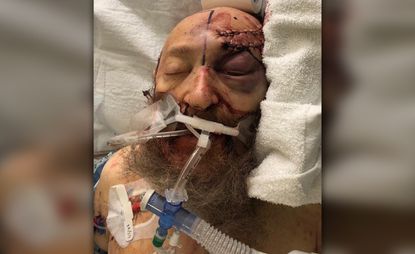
One of the two gravely injured victims is 72 year old Josef Neumann, who has been in a coma since the attack and is connected to a breathing tube. According to his family, he had been struck three times in the head and suffered a wound that penetrated directly into the brain. His doctor does not have high hopes of a recovery. He turned 72 on Dec. 30 while unconscious.
Read more

Several confidential military interviews with the Navy SEALs who accused Chief Edward Gallagher of war crimes were released to the public. Members of SEAL Team 7 Alpha Platoon described their platoon leader, retired Special Operations Chief Edward Gallagher as “toxic” and “evil,” according to video recordings of the interviews. Navy SEAL Special Operations Cheif Edward Gallagher was found not guilty of murder and attempted murder by a military jury in San Diego.
Gallagher was accused of fatally stabbing a young wounded ISIS fighter, posing for a picture with the corpse and shooting two civilians from a sniper’s perch in Iraq in 2017. He was found guilty of the charge involving the photo with the corpse. Seven SEALS testified that Gallagher abruptly stabbed the boy just after he was treated by a medic without saying a word to any of them.
“The guy is freaking evil,” Special Operator First Class Craig Miller said of Gallagher during his interview with Naval Criminal Investigative Service agents. “You could tell he was perfectly O.K. with killing anybody that was moving,” Special Operator First Class Corey Scott said of his former platoon leader, the newspaper reported. “The guy was toxic,” Special Operator First Class Joshua Vriens told investigators, the report said.
In the videos, the platoon members accuse Gallagher of shooting at a 12-year-old, refer to Gallagher as a “psychopath,” and tell of rumors that Gallagher had targeted civilians and bragged about having killed women. “I think he just wants to kill anybody he can,” one said while another said “We can’t let this continue.” The testimony paints a chilling pattern of violence executed by their platoon chief.
In July, Gallagher was found not guilty by a military jury for the stabbing. He was, however, demoted after the jury convicted him of posing for a photo with the ISIS fighter’s corpse. The Navy Board also considered stripping Gallagher of his status as a Navy SEAL. But last month, President Trump intervened and restored Gallagher’s rank.
“They wanted to take his pin away and I said, ‘No, you’re not going to take it away,'” he said at the time. “These are tough people, and we’re going to protect our warfighters.” That move angered many in the Navy, including former Navy Secretary Richard Spencer, who was ousted after requesting the president not get involved in Gallagher’s case. “I don’t think he really understands the full definition of a warfighter. A warfighter is a profession of arms, and a profession of arms has standards that they have to be held to and they hold themselves to,” Spencer said.
Read more
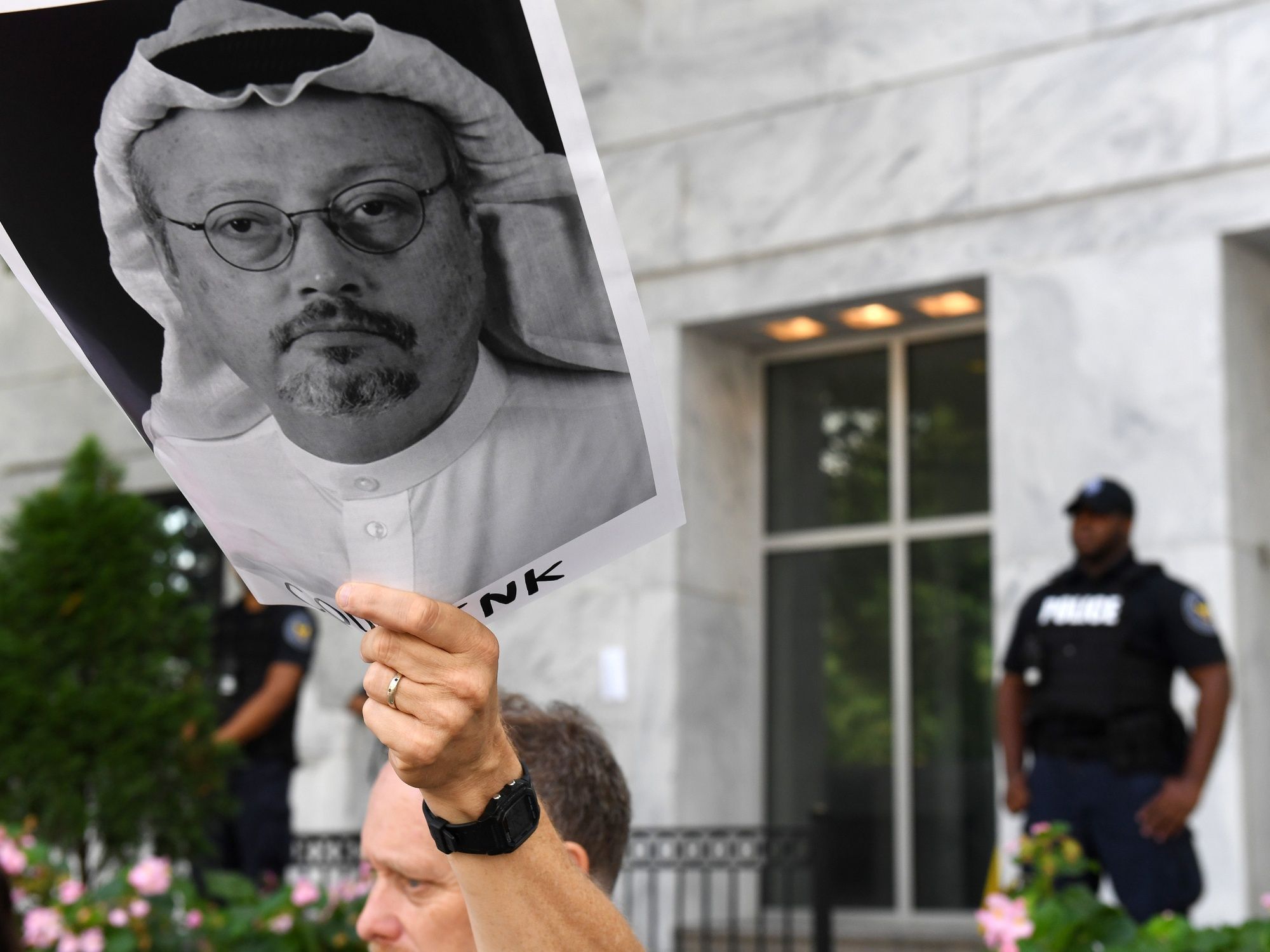
Saudi Arabia has sentenced five people to death for the killing of prominent journalist and Washington Post columnist Jamal Khashoggi. Three additional people were sentenced to prison over the brutal October 2018 murder carried out inside the Saudi Consulate in Istanbul, which sparked international outrage. Saudi Arabia has not announced who has been sentenced to death or imprisoned. The CIA has concluded Saudi Crown Prince Mohammed bin Salman ordered Khashoggi’s assassination, but the prince remains a close ally to the U.S. government.
Saudi Arabia has cleared a former top adviser to Crown Prince Mohammed bin Salman. There was no evidence against Saud al-Qahtani, Saudi Deputy Public Prosecutor Shaalan al-Shaalan announced in a televised press conference. A court also dismissed charges against Ahmed al-Assiri, a former deputy intelligence chief, and Mohammed al-Otaibi, Saudi’s consul general in Istanbul when the murder took place. Al-Qahtani and al-Otaibi were sanctioned a year ago by the US Treasury for their alleged involvement in the murder. Both were part of Crown Prince Mohammed bin Salman’s inner circle and were relieved of their duties in the immediate aftermath of Khashoggi’s killing.
The Saudi government investigation concluded that the murder was not premeditated and that the perpetrators agreed to kill the journalist when they found it would be too hard to move him to another location. They determined that “there was no prior intention to kill him at the beginning of the mission and the death happened on the spot.” Prosecutors investigated 31 people in relation to the murder of Khashoggi, 21 of whom were arrested. Eleven of the 21 were charged and tried in total secrecy.
UN Special Rapporteur Agnes Callamard called the court rulings “anything but justice” in a series of posts on her official Twitter account. The UN expert previously found “sufficient credible evidence” that called for the Saudi Crown Prince to be investigated. Callamard criticized the court’s conclusion that the killing was not premeditated, citing “the presence of a forensic doctor,” how the “defendants had repeatedly stated they were obeying orders” and how the consul general “took all necessary precautions to ensure there will be no eye witness present. Bottom line: the hit-men are guilty, sentenced to death. The masterminds not only walk free. They have barely been touched by the investigation and the trial. That is the antithesis of Justice. It is a mockery.”
Khashoggi’s son eldest son Salah, who handles the family’s relations with the government, described the ruling as “fair” on Twitter. “A fair judiciary is based on 2 principles: justice and quick proceedings. Today’s judiciary was fair to us, the sons of Jamal Khashoggi. We affirm our confidence in Saudi judiciary on all its levels as it ruled in our favor and achieved justice.” Earlier this year, Salah denied that a settlement had been reached between his family and the Saudi government after a source claimed that Khashoggi’s family have received millions of US dollars in cash and assets as compensation for the killing.
Read more

Amazon is facing backlash over its Ring home security camera and “smart home” product after a data leak exposed the personal information of over 3,000 users. The data breach included emails, passwords and other sensitive information that would allow hackers to access live camera footage from inside every room of people’s homes. This leak could potentially provide criminals and stalkers with access to view live video feeds from inside and around thousands of Ring customers’ homes, see archived videos, and get the precise location of all Ring devices attached to the compromised account by studying the orientation of the footage and location information attached to each camera.
Using the log-in email and password, an intruder could access a Ring customer’s home
address, telephone number, and payment information, including the kind of card they have, and its last four digits and security code. An intruder could also access live camera footage from all active Ring cameras associated with an account, as well as a 30- to 60-day video history, depending on the user’s cloud storage plan.
Ring has claimed that this attack was the result of credential stuffing, a technique where
attackers gather usernames and passwords compromised in another data breach and try them on other websites. “Ring has not had a data breach. Our security team has investigated these incidents and we have no evidence of an unauthorized intrusion or compromise of Ring’s systems or network,” the spokesperson said. “It is not uncommon for bad actors to harvest data from other company’s data breaches and create lists like this so that other bad actors can attempt to gain access to other services.”
The Ring spokesperson added that the company will notify customers who were affected and require them to reset their passwords. Ring does not alert users of attempted log-in from an unknown IP address, or tell users how many others are logged into an account at one time. Because of this, there is no obvious way to know whether any bad actors have logged into people’s compromised Ring accounts without their consent.
This data leak is the latest in a string of incidents involving compromised Ring accounts. The home surveillance camera company was acquired by Amazon in 2018 and has been targeted by hackers who used the cameras to harass children and families while documenting their actions on podcast livestreams. In November, cybersecurity company BitDefender published a white paper describing a now-resolved vulnerability that allowed hackers to physically intercept communications between Ring Video Doorbell Pros and a person’s Wi-Fi network.
The company has also received criticism when it was revealed that over 700 police departments in the US have signed contracts with Ring. These contracts give police access the company’s law enforcement portal, which allows police to request camera footage from residents without receiving a warrant. In exchange, Ring often gives police free cameras, and it offers police more free cameras if they convince enough people to download its neighborhood watch app, Neighbors. In October, a group of 30 civil rights groups published a joint letter demanding that law makers stop the police partnership, calling it a threat to civil rights and liberties.
Read more
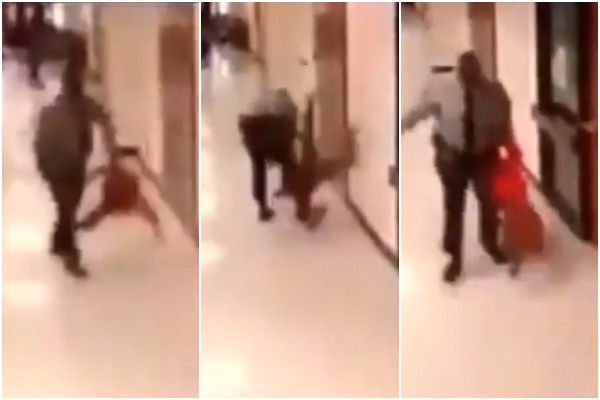
A former North Carolina school resource officer was fired after video surface showing him body slamming an 11 year old child went viral. The assault at Vance County Middle School was caught on surveillance video, which shows the school resource officer and a small boy walking down the hallway when the officer picks the boy up and throws him to the ground. The officer then picks the boy up again and slams him to the ground again. The officer, Warren Durham, was first placed on paid leave and was then fired as the disturbing video went viral.
District Attorney Mike Waters said Durham is also facing a misdemeanor assault and child abuse charges. The announcement came a day after the State Bureau of Investigation finished its probe into the incident. While the family wanted Warren Durham to face stiffer felony charges, Waters said state law left him no choice but to pursue misdemeanor charges against the ex-officer. “Despite the violent nature of this assault depicted in the video, the student did not suffer any fractured or broken bones, or sustain any injuries that could be defined under North Carolina law as serious bodily injury,” which are a prerequisite for filing felony charges, the district attorney said during a news conference.
Waters said he didn’t know what prompted the incident, but he echoed the sentiment of Vance County Sheriff Curtis Brame in saying that the cause wasn’t relevant. “Ï don’t think there’s any kind of training or anything like that that would lead someone to act in that way with an 11-year-old,” Waters said. The maximum sentence Durham will face is 120 days in jail. The video shows the Vance County Middle School resource officer walking down the hall with the student. He is then seen grabbing and slamming the child to the ground, then picking him up and doing it again before yanking the child up and continuing to walk down the hall.
The school alerted the sheriff’s office minutes after the incident. Durham had been with the department for two years and had had no prior incidents that raised concern.
The boy’s grandfather, Pastor John Miles said at a news conference that the family was
disappointed in the misdemeanor charges, but he thanked officials. “We wanted them to be felony charges,” he said. “But as the D.A. said, they went by the law book and they went by the guidelines.” Miles said previously that his grandson called his mother after the incident, and that an assistant principal at the school took him home. The boy’s
mother has said he has a bump on his head from the incident but was not hospitalized.
The Vance County school district said the incident was “unacceptable and egregious.” “We are disappointed, embarrassed and most of all, want to express our apologies to our community that this occurred,” the district said in a statement Monday. “No student should ever experience this anywhere, especially not in our schools. We are better than this.” Vance County Schools plans to modify its agreement with the sheriff’s office, Superintendent Anthony Jackson said at a news conference. He did not go into detail about what the modifications meant, but said the district will review protocols and procedures and ensure it is using best practices.
Read more

Lung injuries and deaths linked to the use of e-cigarettes and vaping products has continued to rise in the US. The CDC has confirmed 2,290 vaping related lung injury cases and 47 deaths reported as of November 21st, 2019. Cases have been reported in all states except Alaska, along with the District of Columbia and two U.S. territories. Deaths have been confirmed in 25 states and Washington D.C., with more being investigated. Those affected by these illnesses range in age from 13 to 75 years old.
CDC data shows on 514 patients, about 77% reported using THC-containing products in the 30 days prior to the start of their symptoms. However, 16% reported using only nicotine-containing products. The illness is marked by chest pain, shortness of breath and vomiting, and it has largely affected young people. The vast majority of cases, almost 80%, involve e-cigarette users younger than 35, and another 15% are younger than 18.
While the investigation into the cause is still ongoing, the CDC has uncovered a potential cause- vitamin E acetate. Samples taken from the lungs of 29 people with e-cigarette, or vaping, product use associated lung injury or (EVALI) all contained vitamin E acetate. The CDC has also expanded its laboratory testing to include lung fluid, blood, and urine samples from patients, as well as lung biopsy and autopsy specimens.
Vitamin E acetate is commonly used in ingested supplements or skin care, and in those cases appears to be safe. Dr. Anne Schuchat, principal deputy director of the CDC said previous research has found that when vitamin E acetate is inhaled, it may interfere with normal lung function. She said they are no longer seeing such a dramatic rise in EVALI cases as earlier this fall but that some states are still investigating potential cases.
The agency continues to work with the Food and Drug Administration (FDA), states, and health providers to track and investigate this outbreak. The agency is also testing the vapor of e-cigarette products that have been involved in these cases to look for potentially harmful compounds. While it appears that vitamin E acetate is associated with EVALI, evidence is not yet sufficient to rule out contribution of other chemicals of concern to EVALI. Many different substances and product sources are still under investigation, and it may be that there is more than one cause of this outbreak.
EVALI looks and sounds like pneumonia. Symptoms include chest pain, shortness of breath, fever, nausea and vomiting. But it’s not an infection. The antibiotics used to clear up pneumonia don’t help the vaping illness and without knowing if a patient vapes-doctors might pursue the wrong treatment or miss the chance to encourage the person to stop. The CDC reports that some early patients with the illness who have been out of the hospital for several weeks have begun receiving follow-up care. Doctors are reporting that patients’ recoveries have varied, with some patients appearing to make full recoveries and others continuing to have trouble breathing. CDC reported that some patients have relapsed and had to be hospitalized a second time, with readmissions occurring from as few as five days to as many as 55 days after initial discharge.
E-cigarette manufacturers have advertised their products as a better option for adult smokers who are already hooked on nicotine. For thousands of young people who have never smoked, however, vaping plays the opposite role: It establishes a nicotine addiction that will ultimately lead to cigarette smoking.
Read more
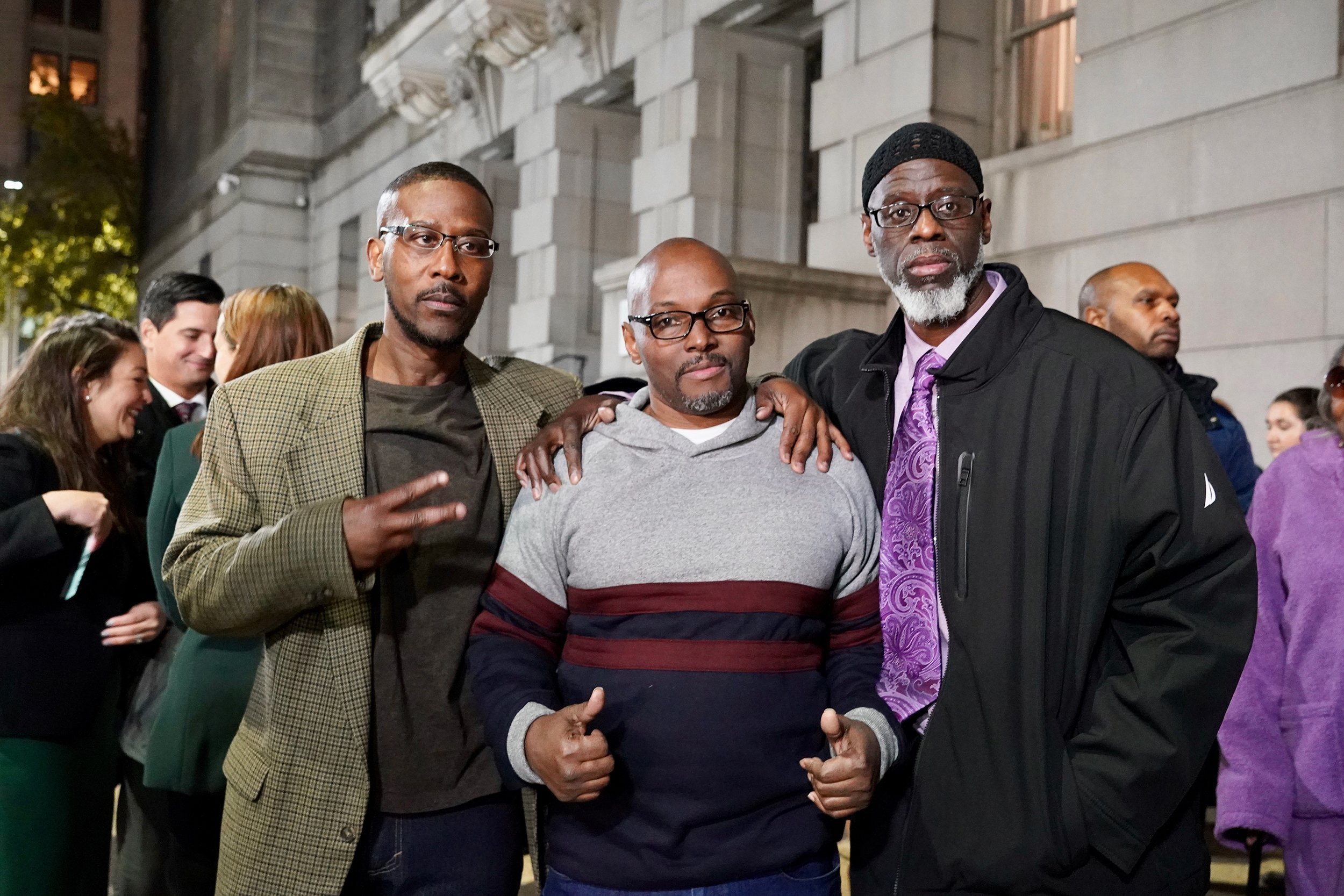
Three Baltimore men who spent 36 years in prison were released after authorities say they were falsely convicted of a 1983 murder. Alfred Chestnut, Ransom Watkins and Andrew Stewart were granted a writ of innocence after being convicted of first-degree murder of a middle school student, DeWitt Duckett. According to police, Duckett, 14, was shot and killed for his coveted Georgetown University basketball jacket in November 1983.
Chestnut has maintained his innocence since his arrest and the parole board denied his early release in part because he refused to admit responsibility for the shooting, the state’s attorney said. After he filed an information request this past spring, he discovered new evidence that was kept from his attorneys during trial. He reached out to Baltimore’s Conviction Integrity Unit, which was reviewing old convictions.

Chestnut and Watkins were 16 at the time of their arrest and Stewart was 17. The three teenagers had been skipping high school classes to visit former teachers at Harlem Park Junior High. Their teachers said they were being “silly,” but not threatening. School security escorted them off campus about half an hour before the murder occurred, according to a joint petition filed by the men and Baltimore City State’s Attorney Marilyn Mosby.
Watkins lawyer said the three teenagers were each arrested Thanksgiving morning, waking up with police with guns drawn on them. They were convicted based on witness testimony and what prosecutors at the time said was a crucial piece of evidence — a Georgetown jacket found in Chestnut’s bedroom. Chestnut’s jacket had no blood or gunshot residue and his mother was able to produce a receipt. A store clerk also testified that she had purchased it recently, the joint petition said.
Lawyers involved in the case said they were “horrified” to see the amount of exculpatory evidence that was hidden from the defense team and jury. Both the suspects and trial witnesses, all minors, were interrogated by police without their parents. Potential witnesses were interviewed in a group and told to “get their story together,” according to Chestnut’s lawyers. Anonymous calls identifying another shooter were kept from the defense, Mosby said. That teenager was seen after the shooting wearing what appeared to be Duckett’s jacket and confessing to the murder, she said. That suspect has since died and all trial witnesses have since recanted. “We have intentional concealment and misrepresentation of the exculpatory evidence, evidence that would have showed that it was someone else other than these defendants,” Mosby said.
Mosby apologized to the men “I don’t think that today is a victory, it’s a tragedy. And we need to own up to our responsibility for it,” Mosby said. “There’s no way we can repair the damage to these men, when 36 years of their life were stolen from them. You were all arrested on Thanksgiving 1983. Now you are free to spend the holidays with your loved ones for the first time in 36 years,” Mosby said in a press conference. The men are now in their early fifties preparing to enter adulthood on the outside for the first time and at least two have never driven a car before. Now, late in life, they will experience a world very different from the one they were barred from since their teens.
Read more

The administration has granted clemency to three controversial military figures embroiled in charges of war crimes, arguing the moves will give troops “the confidence to fight” without worrying about potential legal overreach. Army 1st Lt. Clint Lorance, convicted of 2nd degree murder in the death of two Afghans, was given a full pardon. Army Maj. Mathew Golsteyn, who faced murder charges for a similar crime, was also given a full pardon for those alleged offenses. Special Warfare Operator Chief Edward Gallagher, who earlier this year was acquitted of a string of alleged war crimes, had his rank restored to Chief Petty Officer.
Critics have warned the pardons could send the message that troops need not worry about following rules of engagement when fighting enemies abroad. Lorance’s case dates back to a 2012 deployment to Afghanistan, when he ordered his soldiers to fire on three unarmed men riding a motorcycle near their patrol. Members of his platoon testified against him at a court-martial trial, describing him as over-zealous and the Afghans as posing no real threat. He was sentenced to 19 years in prison at Fort Leavenworth, Kansas.
Golsteyn’s case had not yet been decided, with a scheduled trial date in December on charges he murdered an alleged Taliban bomb maker, and burned his remains in a trash pit during a 2010 deployment with 3rd Special Forces Group. Golsteyn, an Army Green Beret major, had pled not guilty to murder and related charges. His pardon effectively puts an end to that legal case before any verdicts were rendered.
While Gallagher was acquitted of murder and obstruction of justice charges in July, a panel of his peers recommended he be reduced in grade for posing with the body of the teenaged detainee, a crime he never denied. His rank was restored with the pardon but the Navy plans to remove Chief Gallagher from the elite SEAL team despite the pardon. It’s been reported that several top military officials threatened to resign if Navy officials did not move forward with these plans despite the pardon.
Chief Gallagher was accused of multiple offenses during his final deployment to Iraq and during the Battle for Mosul. The most prominent and disturbing accusation was the murder of a prisoner of war, a war crime. A captured young ISIS fighter was being treated by a medic. According to two SEAL witnesses, Gallagher said over the radio “he’s mine” and walked up to the medic and prisoner. Without saying a word to the medic or prisoner, Gallagher killed the prisoner by stabbing him repeatedly with his hunting knife. Gallagher and his commanding officer, Lieutenant Jake Portier, then posed for photographs of them standing over the body with some other nearby SEALs. Gallagher then text messaged a fellow SEAL a picture of the dead captive with the explanation “Good story behind this, got him with my hunting knife.”
Gallagher was also accused of being indiscriminate, reckless and bloodthirsty during his 2017 deployment. Fellow snipers did not consider him to be a good sniper because he would allegedly take random shots into buildings and indiscriminately spray neighborhoods with rockets and machine gun fire with no known enemy force in the region. Several snipers testified that they witnessed Gallagher taking at least two militarily pointless shots, shooting and killing an unarmed old man in a white robe as well as a young girl walking with other girls. Gallagher was allegedly known for boasting about the large number of people he had killed, claiming he averaged three kills a day over 80 days, including four women.
Read more














